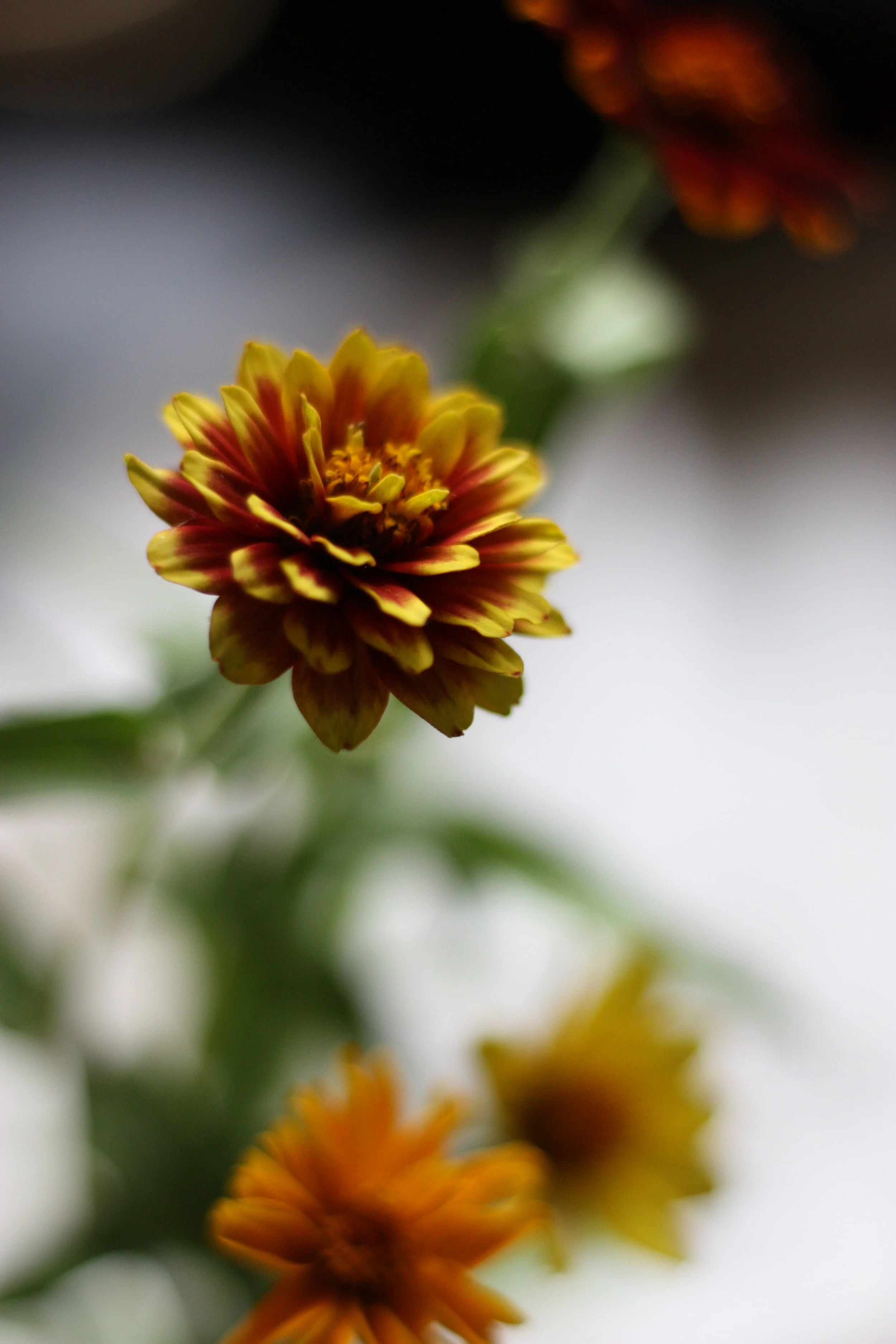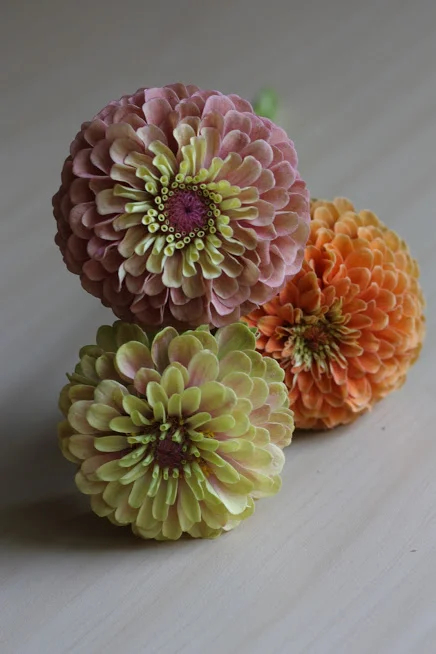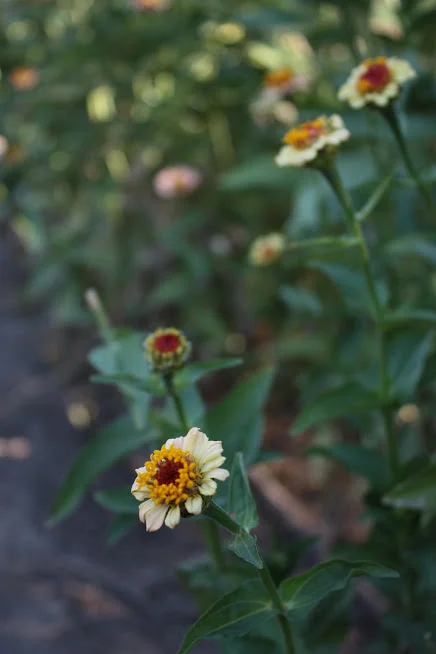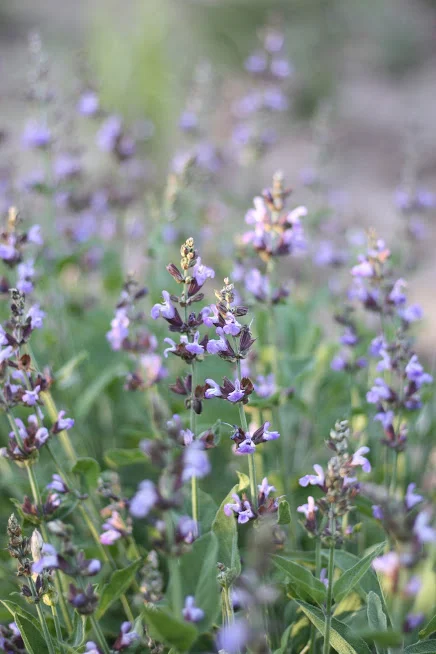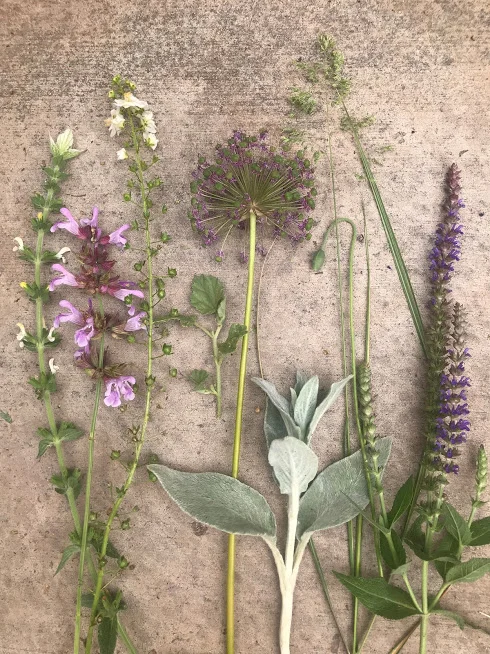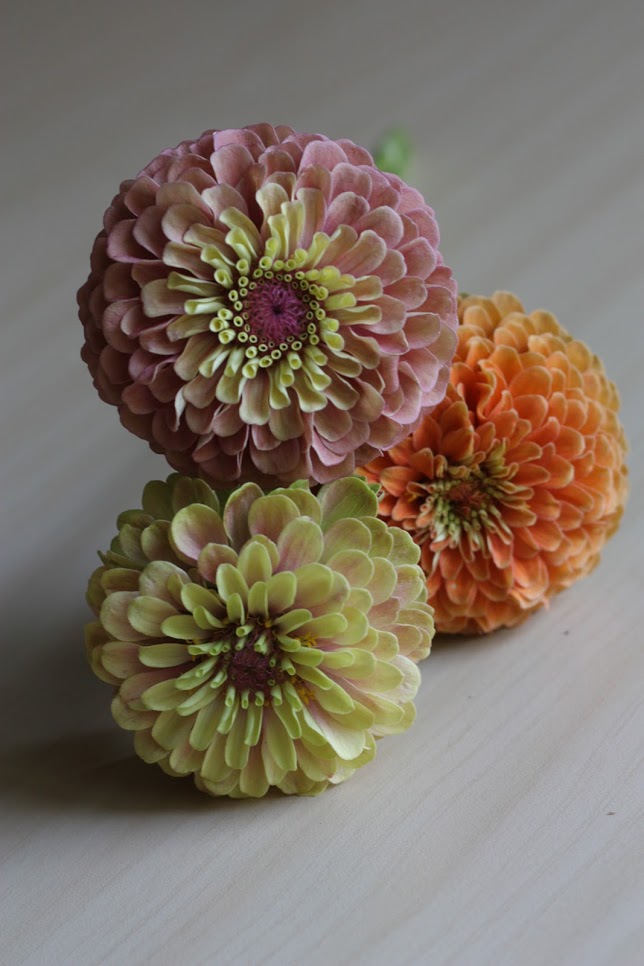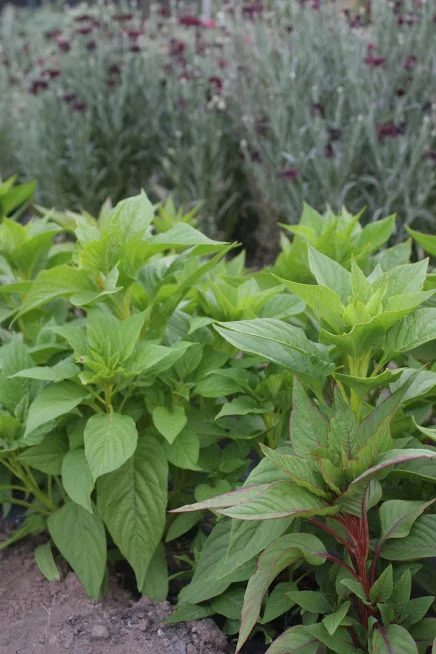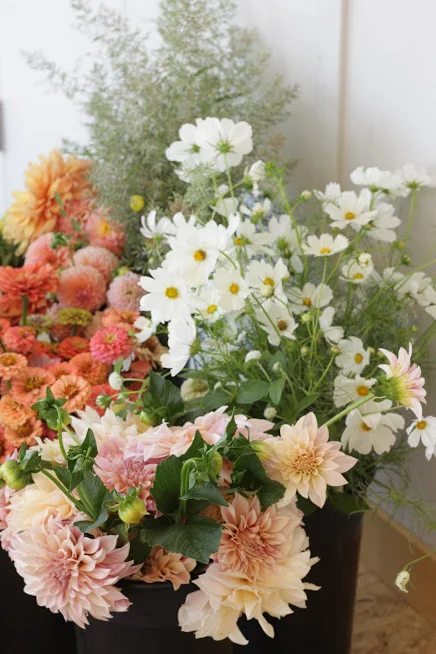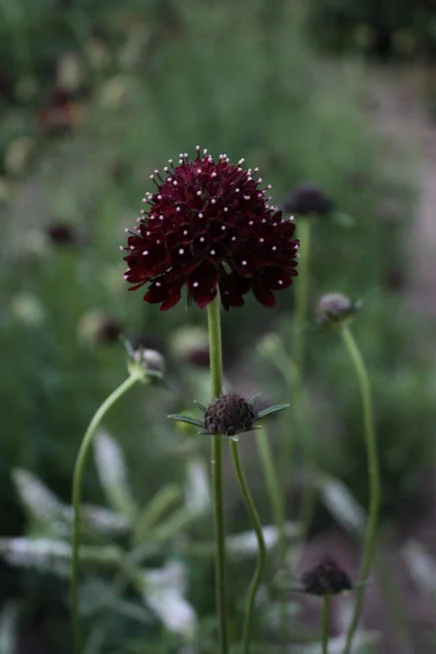When it comes to zinnias, most people think of the large three to four inch zinnias like the Benary Giants, or at least the two inch zinnias like the Oklahoma series - all of the species Zinnia elegans.
Yet, most people don’t know about the tiny single-flowered varieties of the species Zinnia haageana variety that are around half an inch across to one inch at best.
They’re seriously tiny. And each flower is so miniscule with little skinny stems that it would take a lot of them to even fill up a small mason jar. I was never convinced that they would be worth growing, so I had ignored them for the past couple years.
Read More